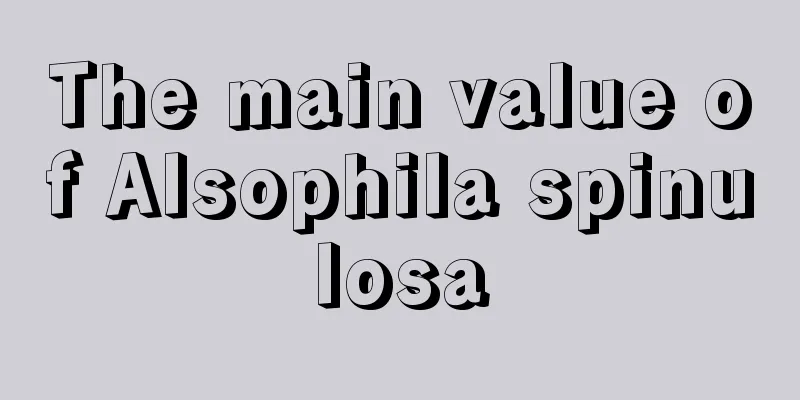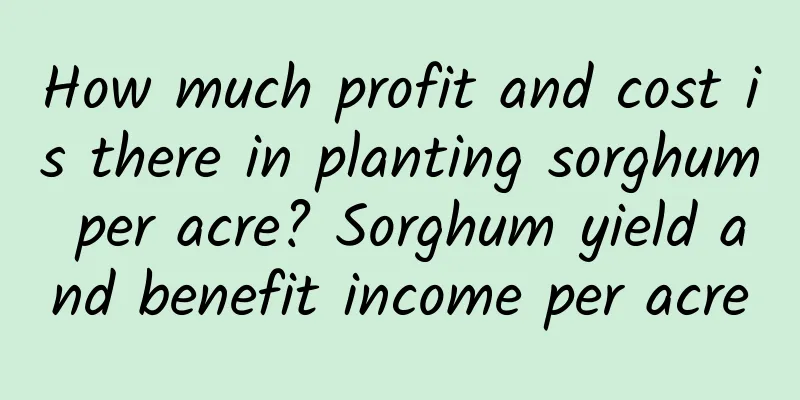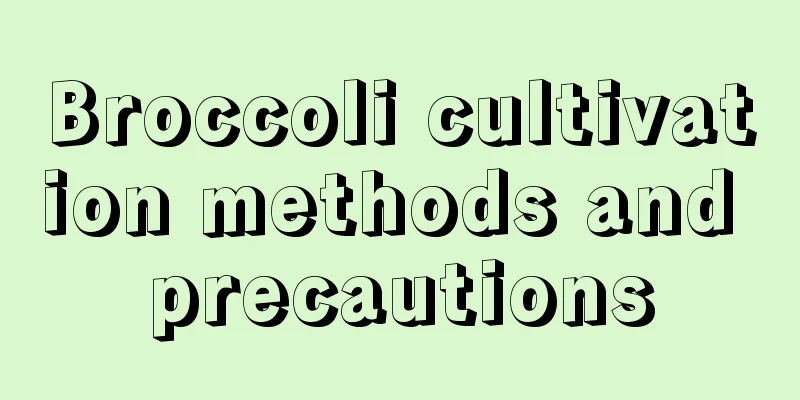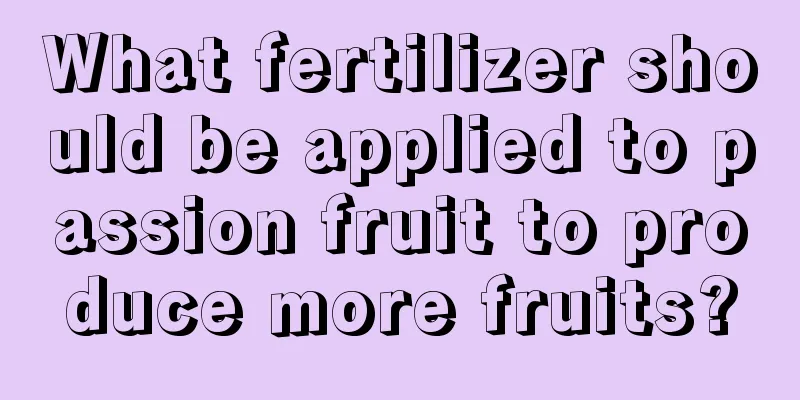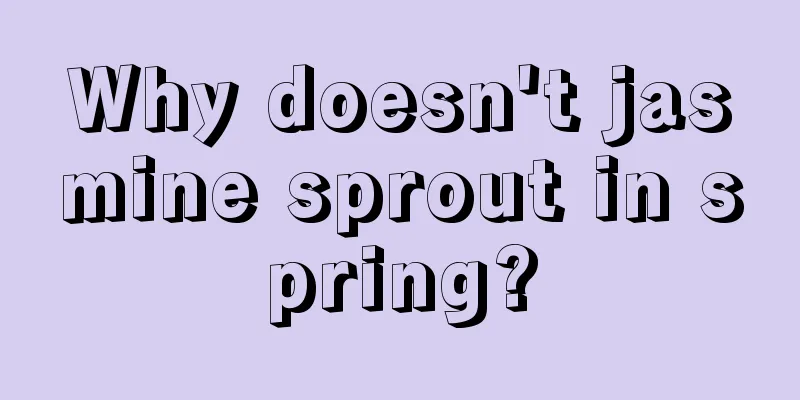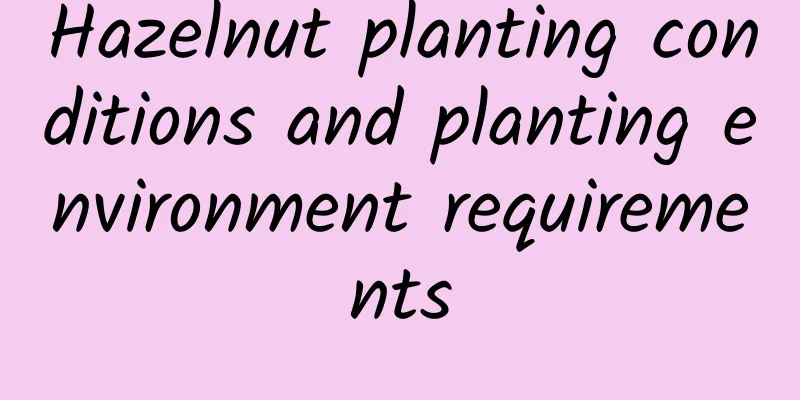Use this kind of soil to grow flowers. You don’t have to worry about root rot or yellow leaves, and the flowers will grow rapidly!
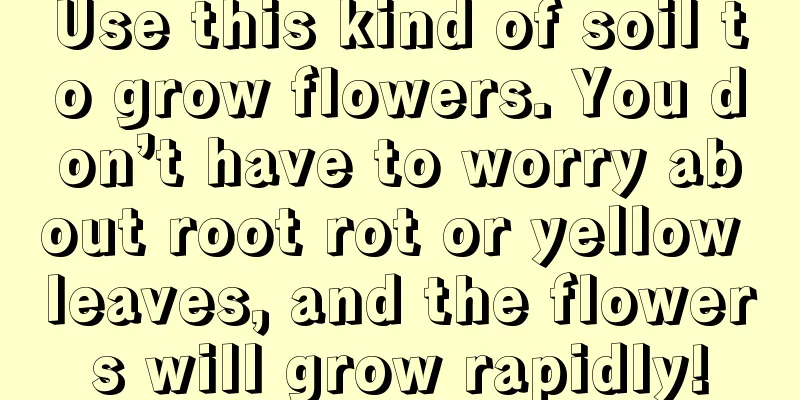
Garden SoilGarden soil is the most common soil, including vegetable garden soil, orchard soil, and soil in residential areas or park green belts. What are the advantages of garden soil?Garden soil is used to grow plants all year round. The soil has good water retention and fertility, making it a good choice for growing flowers. What are the disadvantages of garden soil?If you only use garden soil to grow flowers, the soil will easily become compacted over time; if you water too much, water will easily accumulate and the roots will rot. Leaf moldIf you want to dig leaf mold, you can basically find it in the mountains or under big trees. Leaf mold is soil that has been naturally decomposed and fermented. What are the advantages of leaf mold?Leaf mold has good water permeability and air permeability and high fertility. What are the disadvantages of leaf mold?Leaf mold dug from the wild contains many germs and insect eggs. If you use it directly to grow flowers, it will easily cause the flowers to get diseases and pests. It must be disinfected before use. Pine Needle SoilThe big pine trees on the mountains or in the green belts of parks are covered with a layer of pine needle soil. When digging, first remove the unrotted pine needles on the surface and dig out the underlying layer of yellowish-brown, loose soil. Don't dig too deep, as you will dig into the garden soil. What are the advantages of pine needle soil?Pine needle soil has strong water permeability and air permeability, and its fertility is long-lasting. What are the disadvantages of pine needle soil?The water retention capacity of pine needle soil is relatively poor. Peat soilPeat soil refers to river mud, pond mud, etc. If you are a flower lover who has fish ponds or rivers or lakes near your home, you don’t need to buy nutrient soil. Just go and dig some to grow flowers! What are the advantages of peat soil?Peat soil is very nutritious, has many gaps in the soil, and is very permeable to water and air. What are the disadvantages of peat soil?If you only use peat soil to grow flowers, it will also cause the soil to become compacted. Coconut peatCoconut bran cannot be made at home or dug in the wild. You need to buy it. It is made from coconut shell fibers. Many flower lovers have used coconut bran. What are the advantages of coconut bran?Soft, breathable and cheap. What are the disadvantages of coconut bran?Coconut bran has little nutritional value and needs to be used in combination with other soils. VermiculiteVermiculite is a rare mineral and you need to pay for it. What are the advantages of vermiculite?Vermiculite has strong water absorption capacity and can provide moisture to flowers for a long time and maintain soil moisture. What are the disadvantages of vermiculite?As vermiculite absorbs water, it swells and may affect the aeration of the soil. River sandRiver sand is often found on river beaches. The particles are relatively round, clean and have no smell. River sand is usually mixed into the soil or used for rooting cuttings. What are the advantages of river sand?River sand has good water and air permeability, which can prevent root rot. What are the disadvantages of river sand?River sand contains very little nutrients. ClayAs the name suggests, expanded clay is a granular material made of ceramic. You need to buy it. Many flower lovers use expanded clay to pad the bottom of the pot or to cover the surface of the pot. What are the advantages of expanded clay?Placing expanded clay at the bottom of the pot can prevent water accumulation and root rot and improve soil permeability; spreading it on the surface of the pot can beautify the surface and prevent insects from laying eggs in the soil. What are the disadvantages of expanded clay?Clay has no nutritional value. What kind of soil should I use for succulents?Root rot of succulent plants is largely due to poor soil permeability, which rots the root system of the succulents. Therefore, when preparing the soil, it must be sufficiently breathable. You can mix peat soil, sand and coconut coir in a ratio of 7:10:3 to allow the roots of the succulents to breathe freely and grow out of the pot! What kind of soil should be used for cacti?Cacti and prickly pear are very drought-resistant. If the soil is compacted and watered too much, the roots will rot easily. It is important to have loose and breathable soil. Mix garden soil, leaf mold and river sand in a ratio of 2:3:3 to make your cactus grow stronger and stronger! What kind of soil should be used for flowers that like acid?Rhododendron, camellia, gardenia and other flowers all prefer acid. When choosing soil, make sure the soil is acidic. You can mix peat soil and river sand in a ratio of 6:4, or mix leaf mold, pine needle soil and river sand in a ratio of 4:3:3, and then add some bone meal or cake fertilizer appropriately. What kind of soil should be used for foliage flowers?Flowers like green ivy and spider plants are ornamental foliage flowers. You need to choose fertile and loose soil to make the leaves grow lush green! Mix leaf mold, garden soil, river sand and chicken manure in a ratio of 1:1:1:1, and let the flowers bloom and the leaves be green! What kind of soil should I use for large flowers?Flowers like the lucky tree and the green treasure are relatively large in size and have well-developed root systems. Once the soil becomes compacted, the roots will easily rot, so it is very important to ensure that the soil is breathable. Mix garden soil, river sand, sheep dung, etc. in a ratio of 3:1:1 to make the flowers grow wildly! Advantages and disadvantages of common soils. And the soil preparation methods for various flowers, Have flower lovers remembered this? I think it is useful. Just share it with your friends! |
>>: Can I water my green radish with tap water?
Recommend
Which month is it better for lotus seeds to survive?
Lotus seeds are a food with high nutritional valu...
Which month is the best time to plant loofah?
When summer comes, many people have no appetite d...
Do sweet potatoes bloom?
1. Will it bloom? Sweet potatoes can bloom, but d...
What fertilizer should be used for Mandiya yew
1. Demand for fertilizer Generally speaking, it i...
The mint scented wood she bought... turned out to be fake. She had to figure it out quickly to avoid being cheated!
Common mint differences In summer, many flower lo...
When is autumn wheat harvested?
Autumn wheat is generally wheat harvested in autu...
Cultivation methods and precautions of wood fragrance flower
1. Sunlight Compared with an environment with ver...
Cultivation methods and precautions of umbrella grass
1. Maintenance methods 1. Soil: During its growth...
Cultivation methods and precautions of couple crabapple
How to cultivate couple crabapple temperature The...
How to grow crabapple flowers well
Begonia growing conditions The adaptability of cr...
What are the varieties of gardenia
Gardenia jasminoides Also known as large-flowered...
How to propagate alum root and what are the precautions
1. How to propagate alum root 1. Cutting propagat...
Water Clivia with these “2 kinds” of water once every 15 days to ensure strong roots and more flowers!
Water suitable for watering Clivia: 1. Soybean wa...
Planting technology and management of tangerine
When planting mandarin oranges, you need to choos...
When is the best time to prune tea trees?
Tea tree pruning time The time for pruning tea tr...


